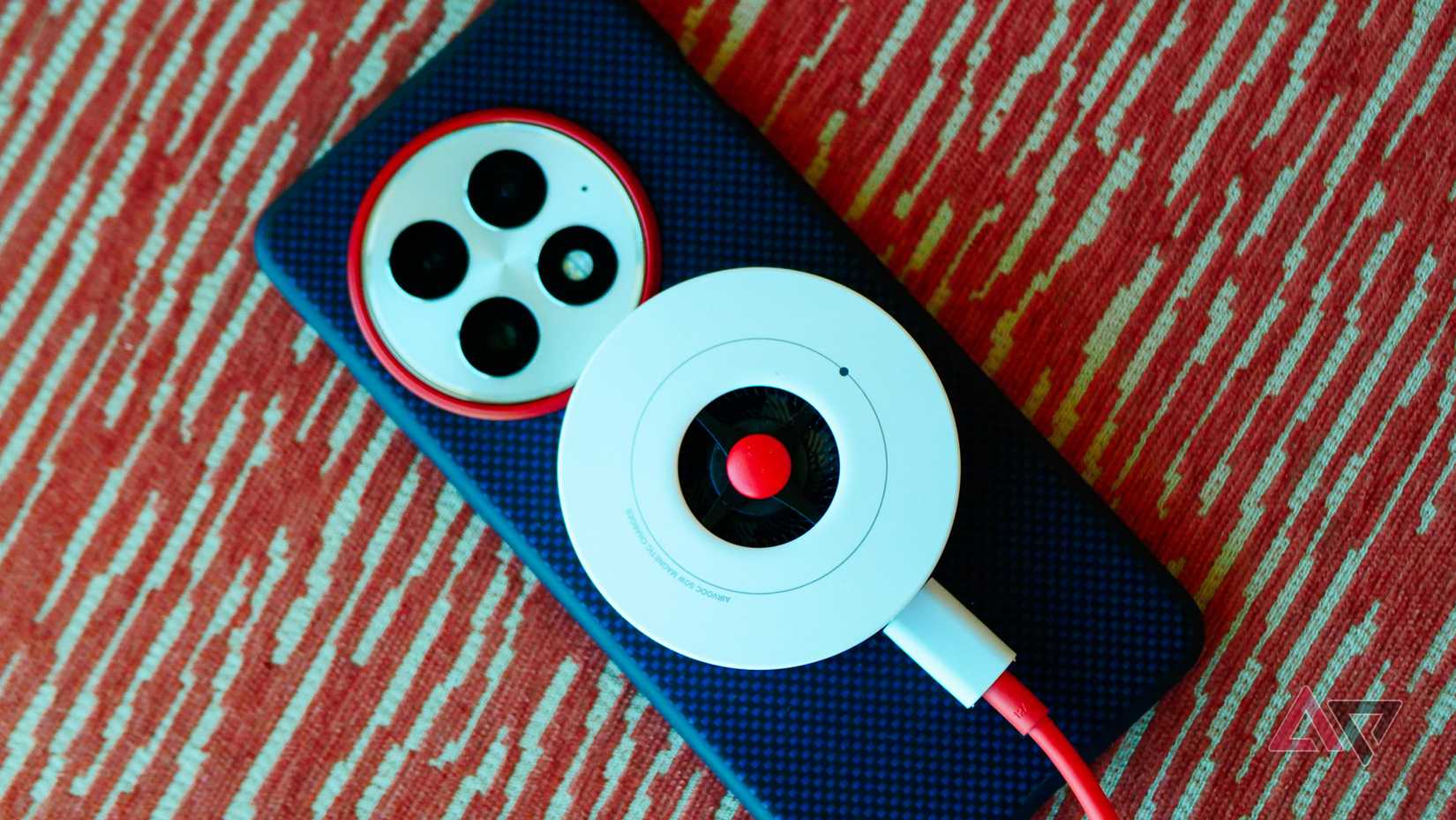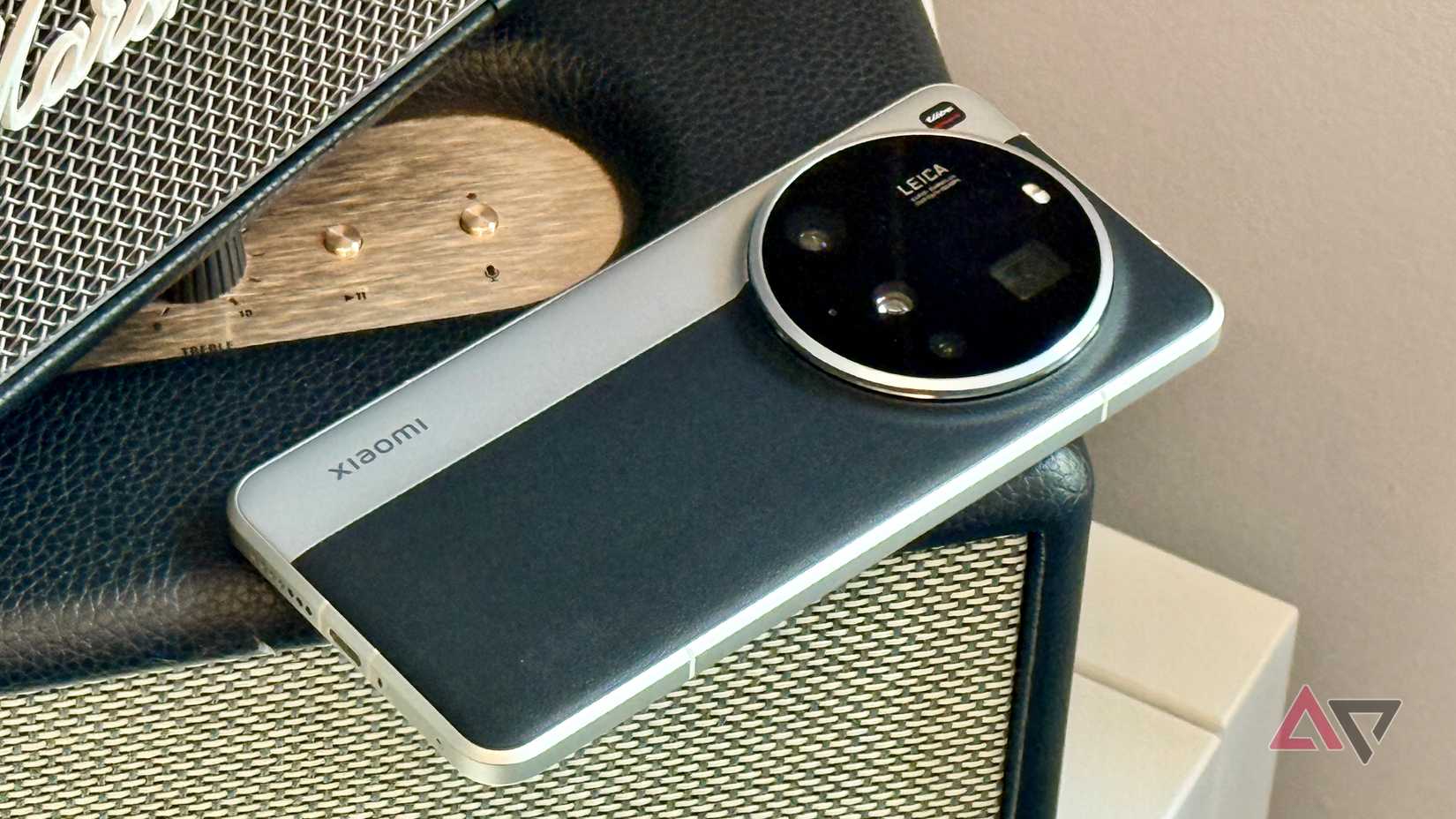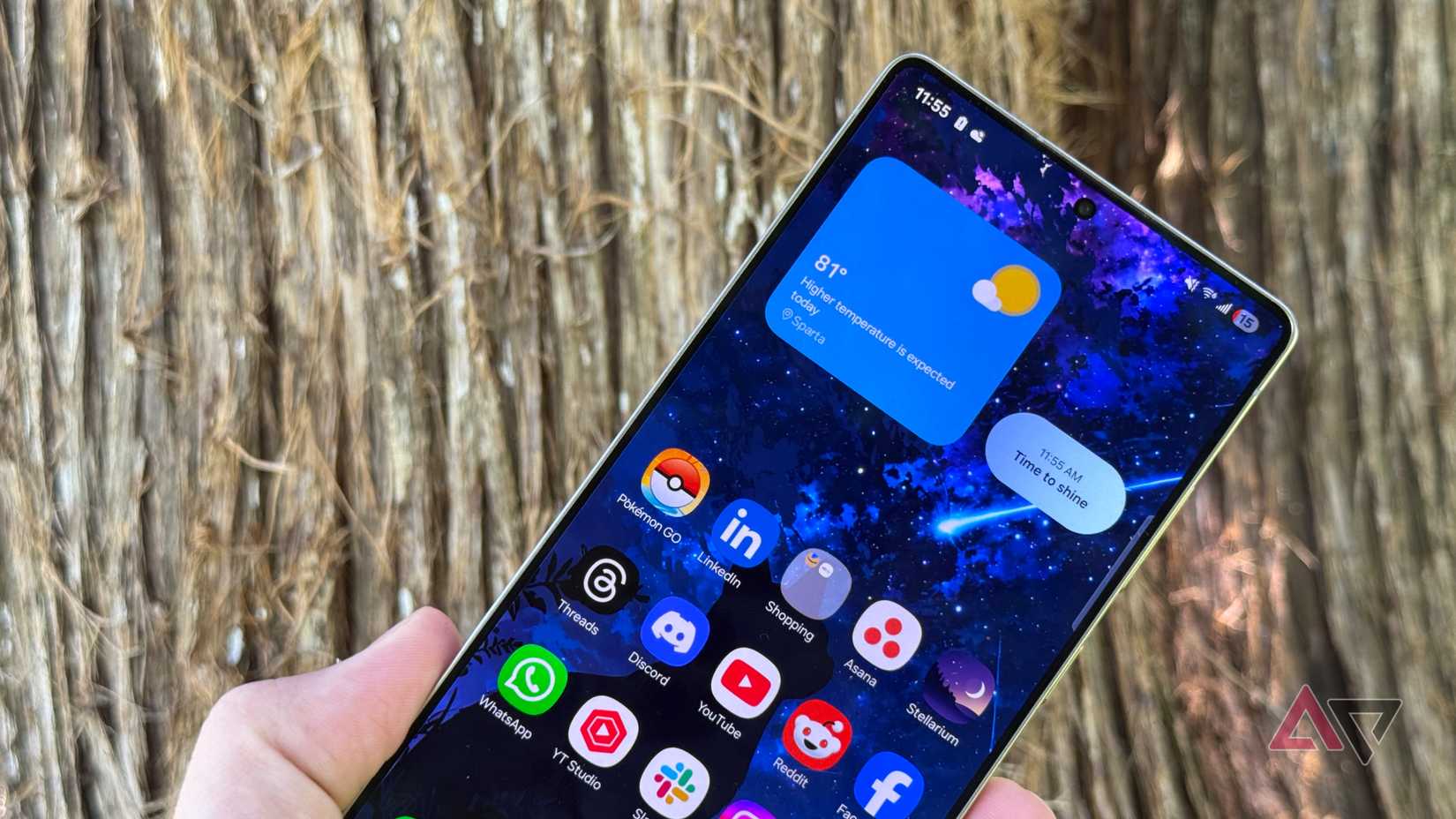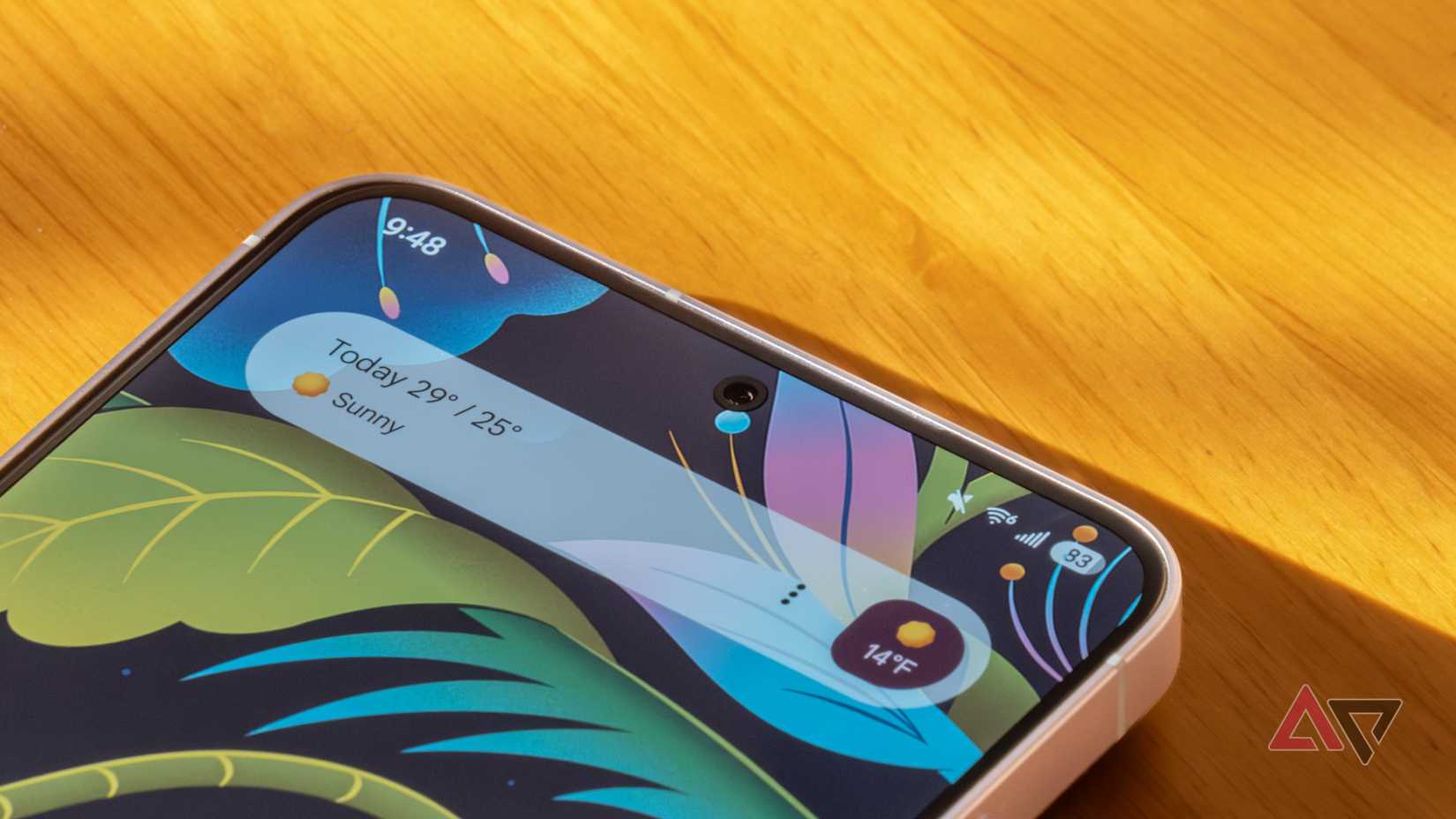Android flagships reached a new high this year, delivering longer battery life, better performance, and more AI features than you can count.
With most major phone launches of the year done for, the next wave of Android flagships will soon hit the market, promising even more power.
Still, I’d like to see upcoming Android flagships focus on more than raw performance. They should pack real usability upgrades to improve the everyday experience.
Magnetic wireless charging
Time to fully adopt Qi 2
This year, Google stood out as the only Android maker to fully embrace magnetic Qi2 wireless charging. Barring the Pixel 10, none of the other major Android flagships shipped with built-in magnets and full Qi2 support.
Yes, the Galaxy S25 is Qi2 ‘Ready,’ but that requires using cases with magnets as a workaround.
From a wireless charging perspective, Qi2 doesn’t introduce major technical improvements.
What it does bring, though, is magnets. And that solves the biggest pain point of wireless charging. It makes compatible devices snap into place automatically, eliminating placement issues.
More importantly, the built-in magnets unlock a whole ecosystem of accessories that can attach securely to the back of your phone. This makes placing the phone on car or bike mounts, selfie stands, and other accessories a lot more convenient.
After you start using a phone with native Qi2 support and built-in magnets, there’s no going back.
It’s a shame that years after the iPhone 12 introduced MagSafe and Qi2 went official, the Google Pixel 10 is the only major Android phone to ship with native support for such a feature.
For next-gen Android flagships, I hope to see native Qi2 magnetic wireless charging built in — no case required.
Fast charging that just works
Both wired and wireless
All major Android flagships ship with superfast wired charging. While not as fast as its competitors, even Google and Samsung’s flagship phones can pull 30W or higher power over a wired connection.
The problem is that even though these phones use USB-C as the standard connector, they rely on different charging protocols.
So, unless you use the right USB-C adapter with your OnePlus 13, it won’t charge at its peak 80W speed. Worse, there’s no guarantee that your Galaxy S25 Ultra will charge at 45W speeds with OnePlus’ SuperVooc charger.
It’s the same with wireless charging. The OnePlus 13 only supports 50W wireless charging when paired with the brand’s AIRVooC charger.
With other wireless charging pads, you are limited to 15W speeds. And no, you can’t use the same wireless charger to top up the Pixel 10 Pro XL at 25W. You need a Qi2.2 charger for that.
Outside the US, things get even more confusing when you add devices from brands like Xiaomi, Vivo, Oppo, and Huawei. They all ship with their own charging standard, and if you use a regular USB-C PPS charger, they will be limited to 30–40W power.
2026 Android flagships must do better in this regard, supporting at least 50W or higher wired charging speeds with a standard USB-C PPS charger. On the wireless side, adopting Qi2.2 should eliminate compatibility issues while boosting the baseline speed to 25W.
Better telephoto cameras
Bigger is better
Smartphone cameras can now zoom farther than ever, with Samsung and Google’s flagship phones featuring a 5x telephoto shooter. And with the help of AI, they can capture usable photos at up to 100x resolution in some cases.
While all this may sound impressive, the telephoto cameras on today’s Ultra flagships still aren’t large enough to deliver consistently great results.
Their tiny sensors limit low-light performance and detail capture, and at longer zoom ranges, image quality quickly falls apart outside ideal lighting.
This is more of a US problem, as the Chinese Ultra flagships pack seriously big telephoto cameras. For example, the Xiaomi 15 Ultra uses the same 200MP sensor for its 100mm telephoto that the Galaxy S25 Ultra relies on for its primary camera.
The images below make it clear just how much of a difference this setup can deliver.
I get that a 200MP sensor would make the camera bump huge. But Samsung and Google could take a cue from the Oppo Find X8 Ultra for their 2026 flagships and use a 1/1.56-inch sensor with a wider aperture for their zoom cameras.
This would considerably boost image quality and make the telephoto camera a lot more fun and versatile to use.
As for Samsung, it should just consider ditching the 3x 10MP telephoto camera from the Galaxy S26 Ultra next year. Instead, it should utilize the space saved to fit in larger primary and 5x shooters.
Unfortunately, rumors suggest this might not happen, with Samsung instead upgrading the 10MP sensor to a 12MP one for a resolution boost.
Anti-reflective screen
A big usability upgrade
The displays on flagship Android phones have improved by leaps and bounds in recent years.
Pick up the OnePlus 13, Google Pixel 10 Pro, Galaxy S25 Ultra, or even last year’s Pixel 9 Pro XL, and you will struggle to find issues with their super-bright screens.
Yet Samsung’s Ultra flagships still reign supreme with one major display edge: their anti-reflective cover glass. It helps cut down on reflections drastically, making the screen easier to see in bright light and boosting overall usability.
Hopefully, in 2026, more Android flagships will follow Samsung’s lead and bring this underrated feature to the mainstream.
Apple has already joined the bandwagon with the iPhone 17 lineup and its Ceramic Shield 2 cover glass. Even though its anti-reflective coating is not as strong as Samsung’s, it still makes a big difference in daily use.
Here’s hoping next-gen Android phones also embrace this approach, and anti-reflective cover glass goes mainstream next year.
Versatile selfie camera
Time to go wide
Even though vlogging and selfies have become everyday phone habits, Android makers haven’t given front cameras the same attention as rear ones.
Apart from the Pixels, which feature a wide-angle selfie camera, most Android flagships seem to put little thought into the front camera.
Apple flipped the script this year by equipping the iPhone 17 with a bigger, square selfie shooter.
Besides image quality improvements, it brought one major usability win: letting you take selfies in landscape mode without awkwardly turning the phone.
I don’t expect 2026 Android flagships to copy the iPhone’s square selfie camera so soon. However, Samsung, OnePlus, and others could at least take a page from Google and add a wide-angle front lens — making group selfies and content creation less of a hassle.
For comparison, the Galaxy S25 Ultra’s front camera offers a 26mm field of view, while the Pixel 10 Pro XL’s 42MP front shooter packs a 17mm ultrawide lens.
On paper, an ultrawide selfie lens might not seem like a big deal. But it will provide a big usability boost in daily life.
2026 Android flagships could be the best yet
Over the last couple of years, flagship Android phones have focused on more than just performance.
With the baseline performance now being more than fast enough, companies have been innovating in other areas to differentiate themselves from the competition.
The 2026 wave of Android flagships should raise the bar even higher, and any phone that nails these five fronts will finally offer the most complete experience yet.





